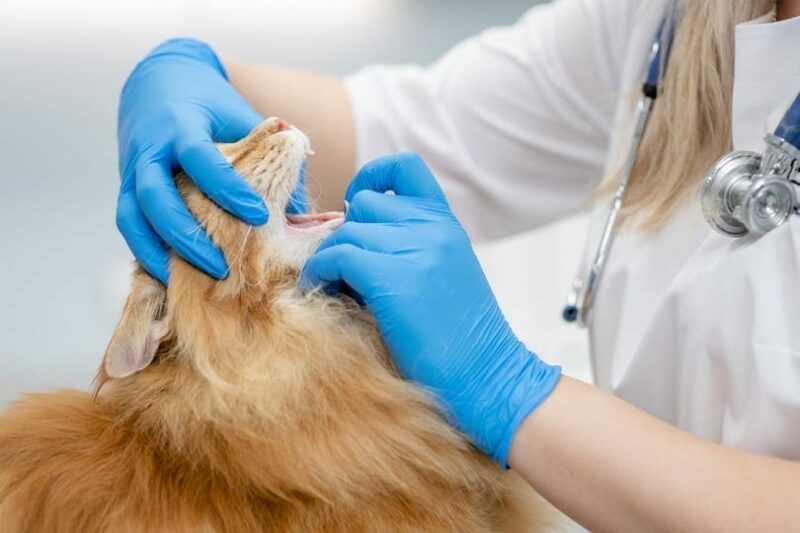Are Neanthe Bella Palms Toxic to Cats? Keeping Your Cat Safe

Updated on

Finding safe plants for your home and garden can be tricky, especially if you’ve got a curious cat. Many houseplants are dangerous for cats, so it is important to keep an eye on anything your cat might try eating. If your cat goes outside, garden plants can be a source of danger too!
The good news is that neanthe bella palms aren’t one of these plants. These palms are perfectly safe to be around cats, and if your cat does eat some, it won’t cause harm.
What Is a Neanthe Bella Palm?
Neanthe bella palms, Chamaedorea elegans, are leafy palm plants that can grow from 12–60 inches tall. They are popular house plants because they are beautiful and easy to care for; in fact, they are also called parlor palms because they are so common. They are also common in outdoor gardens in the Southeastern United States. They aren’t poisonous to cats or dogs, so they make a good houseplant in homes with pets.

Why Would My Cat Eat a Neanthe Bella Palm?
Cats are obligate carnivores, meaning they need meat to survive and can be healthy without any plant food in their diet. But despite that, it’s not uncommon for cats to nibble on or eat green plants on occasion. We don’t know all the reasons that cats eat plants, but we have some ideas.
Some anecdotal evidence shows that eating small amounts of plants might help calm an upset stomach in cats. Others theorize that eating plants might be a way to get rid of hairballs. Cats are very curious and nibbling plants like neanthe bella palms can be a way to explore. A recent study from UCLA Davis found studies that it was likely an innate predisposition to purge the gastrointestinal tract of worms.
Dangers of Eating Neanthe Bella Palm
Even though neanthe bella palms aren’t toxic, they can be dangerous. One of the most common dangers that plants pose to cats is pesticide poisoning. If you keep indoor plants, make sure to keep pesticides away from them to prevent your cat from chewing on a leaf and picking up pesticides.
Eating too much plant matter can also cause stomach problems in cats. In serious cases, plants can cause intestinal blockages that require vet care to resolve. More often, you’ll see minor vomiting, constipation or diarrhea.
Finally, if your cat is a dedicated muncher, you might not like your houseplants getting chewed up! Even if your cat isn’t in danger, too much chewing might kill your plant.

Discouraging Plant Eating
If your cat constantly eats your plants, you might want to discourage the habit. Giving your cat a pot of cat grass is a great way to let your cat satisfy the urge without destroying your plants. Temporarily placing other plants out of reach will help protect them. You can also use non-toxic cat repellants around potted plants to keep your cat away.
Last Thoughts
Potted plants may be a hazard to cats, but neanthe bella palms are pretty safe. Your cat can eat this plant without being poisoned, although too much grazing can cause an upset stomach. But even if your cat isn’t in danger, you might want to consider a strategy to protect your houseplants from a nibbling cat. Luckily, there are lots of options available.
Featured Image Credit: iluphoto, Shutterstock













